Feature: Courtyard-style complex in Beijing blends historical charm with urban vitality
Source: Xinhua
Editor: huaxia
2025-08-18 21:05:15
Unveiled after Beijing Central Axis was inscribed into the UNESCO World Heritage List a year ago, Dajixiang, a flagship urban renovation project, located just a short walk from the central axis, adds fresh charm to a journey of cultural discovery through the heart of Beijing.
BEIJING, Aug. 18 (Xinhua) -- Amid China's ongoing urban renewal campaign, a courtyard-style multifunctional complex in the heart of Beijing has emerged as a new eye-catcher, breathing new life into traditional architecture and creating a vibrant space for modern urban life.
Dajixiang, also known as Daji Alley, has been trending on Chinese social media platforms such as Rednote for local users, after gathering more than 200,000 visitors on its opening day on May 25.
"Live music performances were on at night, and people crowded the outer space," Chang Xiaoshuang, a restaurant manager, recalled on the opening day. "It was bustling like a market, and we had a busy day."
Covering a floor area of 360,000 square meters, the complex brings together Beijing's traditional courtyards with interconnected hutongs, shopping retail streets, office spaces and pocket parks.
RENEWING HISTORICAL CHARM
Unveiled after Beijing Central Axis was inscribed into the UNESCO World Heritage List a year ago, the flagship urban renovation project, located just a short walk from the central axis, adds fresh charm to a journey of cultural discovery through the heart of Beijing.
Situated in Xicheng District, the block is just some 2.8 km away from the Palace Museum, a must-see masterpiece in the Chinese capital city. Nestled in a historical neighborhood dating back to the Ming Dynasty (1368-1644 AD), it was home to intellectuals and street merchants alike for hundreds of years.
For years, the traditional courtyards and other old houses in the neighborhood lacked proper preservation, among them the former residence of Kang Youwei, the renowned Chinese intellectual who led a reform movement in 1898. The courtyard was designated a municipal heritage site in 1984.
An urban renewal project led by China Overseas Property Group began in 2016. Through nine years of meticulous restoration, the historical neighborhood has been rejuvenated to offer visitors a glimpse of the original beauty of Beijing's ancient architecture.
"The renovation work adhered to a guiding principle -- that is, we restored the area like restoring cultural relics," said Li Huan from the Marketing and Planning Department of China Overseas Property Group.
In addition to in-depth research into local culture and the revival of traditional architectural craftsmanship, modern digital technologies have been employed as well. For example, experts used laser scanning to precisely map the courtyards' inner structures, enabling renovations that faithfully reflect their original appearance, said Li.
Today, these courtyards have been transformed into museums, showing visitors the highlights of the renovation project and displaying traditional Chinese artifacts as well as modern artworks, with chic cafes taking a small part of the space. On the walls, touch screens allow visitors to explore digital pictures, depicting life in the surrounding hutongs decades ago.
"We've changed the area into a place where people learn about history, appreciate art and culture, and enjoy a cup of coffee," Li said.
PIONEERING URBAN LIFESTYLE
The newly renovated historical buildings are located in the northwestern section of Dajixiang. Stepping out of the heritage, visitors are met with a lively urban scene lined with a wide array of restaurants and boutique shops.
On a typical Friday, the commercial landscape, designed with a fusion of traditional Chinese architectural elements and modern construction, was flocked with visitors. Some took pictures of the storefronts adorned with classic grey brick walls, while others queued outside trendy bistros.
Resident Luo Xi said she had waited eagerly for Dajixiang to open for quite some time.
"I learned from the news that 200,000 people came on the opening day, so I thought I could come later to avoid the crowd. But it was still very popular in the following days."
Now on her third visit, Luo said, "I like the courtyard-style layout. It is special and distinct compared with ordinary shopping malls in the Xidan area," she said while waiting in line with three friends outside Mr. Beigai, a Chinese barbecue restaurant.
"This is the franchise's third restaurant in Beijing. I love it so much that I already dined here twice," Luo said.
Chang, manager of Mr. Beigai restaurant in Dajixiang, said the restaurant now welcomes 1,000 customers daily. "The complex draws a lot of people, not just those working or living nearby, but also visitors eager to explore this new complex," Chang said.
A flagship urban renewal project, Dajixiang is part of China's broader wave of urban renewal efforts to rejuvenate aging neighborhoods and boost high-quality development.
Authorities said that China renovated 280,000 old residential communities from 2019 to 2024, benefiting more than 120 million people. In 2024 alone, China initiated more than 60,000 urban renewal projects with a total investment of 2.9 trillion yuan (about 402.8 billion U.S. dollars).
"Debut economy," now trending in China, also plays a role in Dajixiang's popularity. Flagship shop openings and innovative product launches add to the competitiveness of the shopping complex.
One notable example is "Let It Be," a tea house. Combining decorative elements of traditional Chinese architecture and art, it displays collections of Chinese teaware, offering an immersive cultural experience.
Besides 80,000 square meters of commercial space, pocket parks and shaded walkways covering some 12,000 square meters have been incorporated in the renovation project.
"It is designed as a holistic urban lifestyle hub," Li said. ■

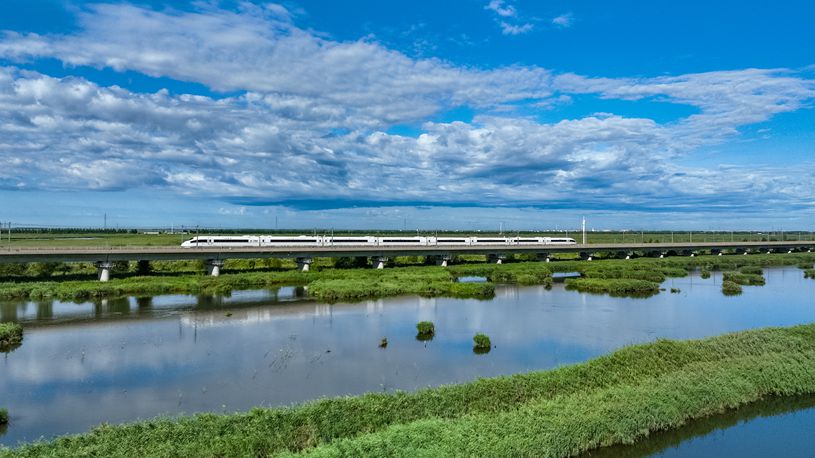

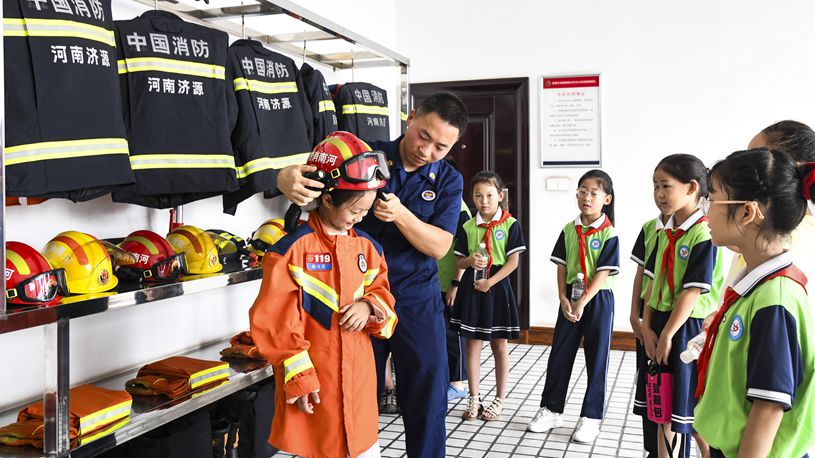
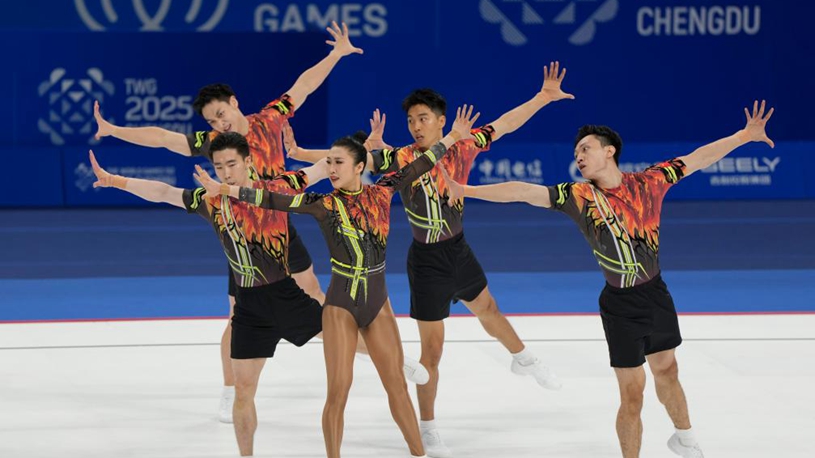
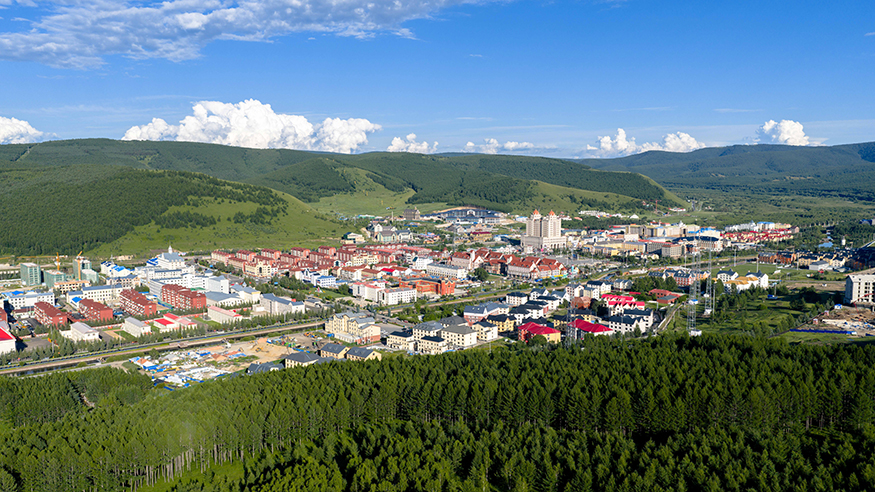
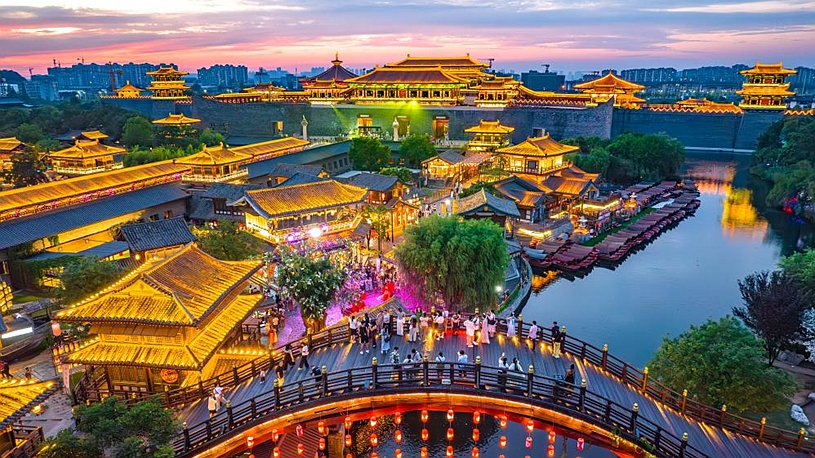
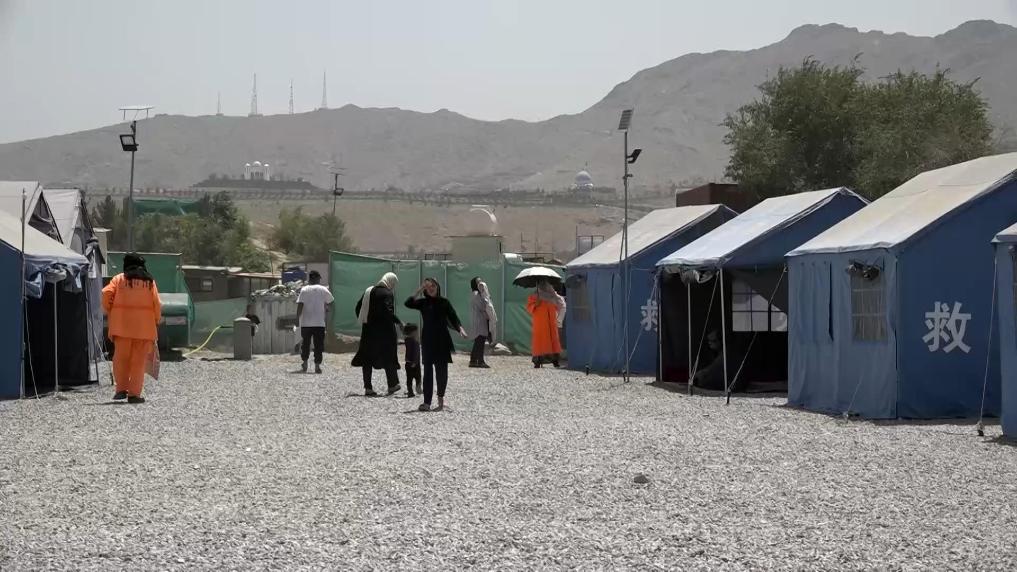
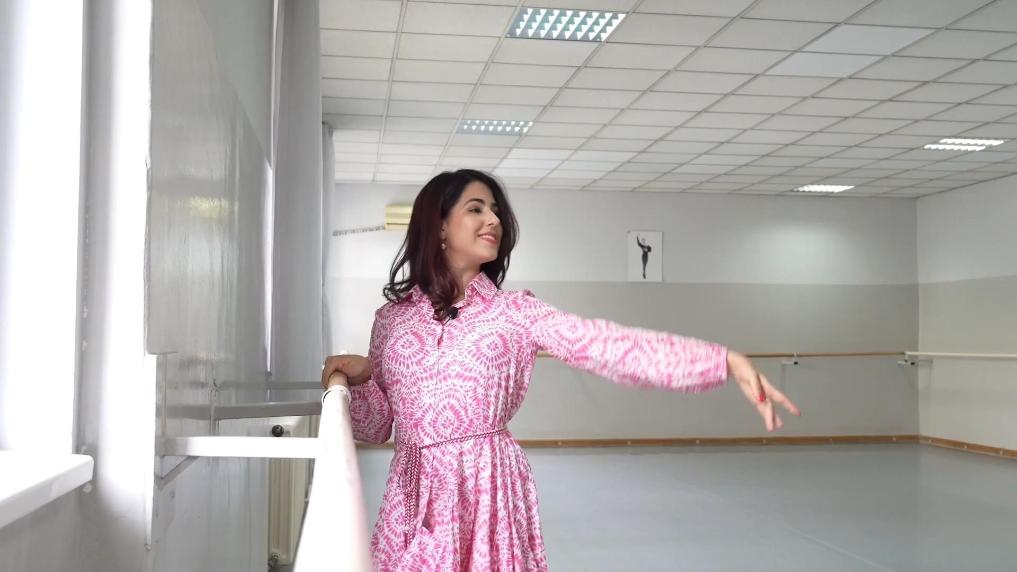



Comments